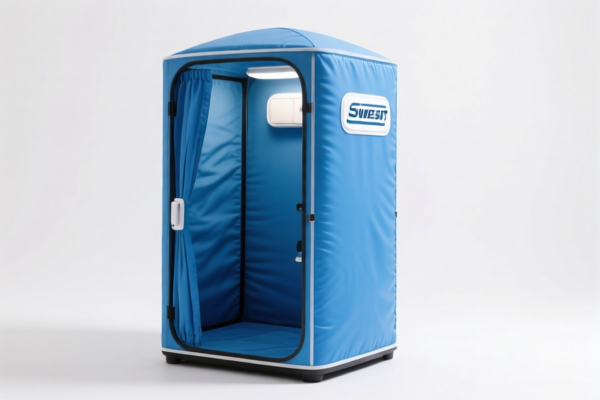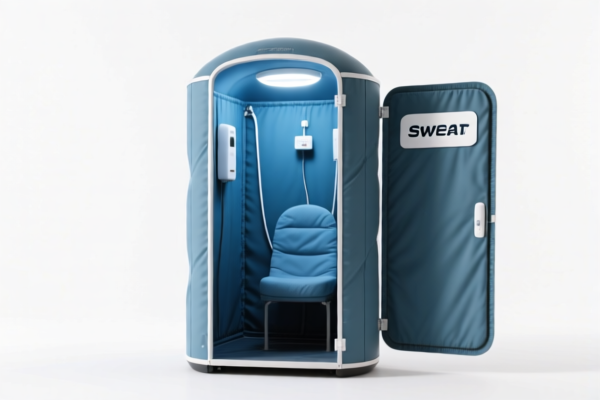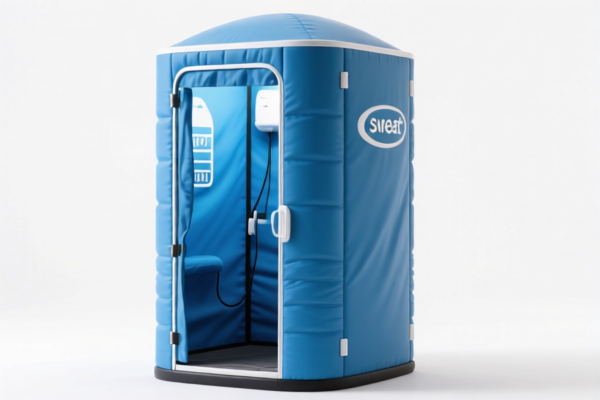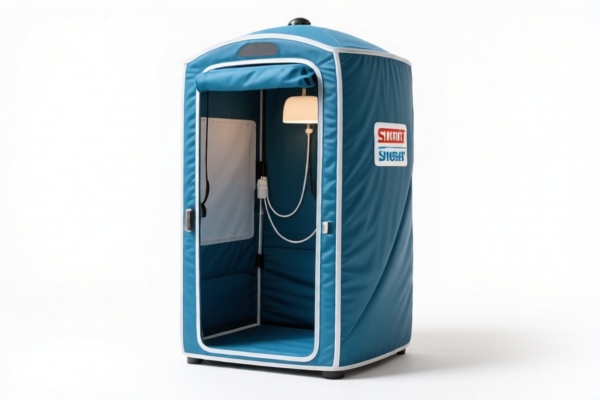| HS Code | Official Doc | Tariff Rate | Origin | Destination | Effective Date |
|---|---|---|---|---|---|
| 8450110010 | Doc | 31.4% | CN | US | 2025-05-12 |
| 8450110080 | Doc | 31.4% | CN | US | 2025-05-12 |
| 8451400000 | Doc | 58.5% | CN | US | 2025-05-12 |
| 8474100010 | Doc | 55.0% | CN | US | 2025-05-12 |
| 7321811000 | Doc | 57.9% | CN | US | 2025-05-12 |
| 7321815000 | Doc | 62.5% | CN | US | 2025-05-12 |
| 7326908688 | Doc | 82.9% | CN | US | 2025-05-12 |
| 7326908688 | Doc | 82.9% | CN | US | 2025-05-12 |




Portable Washing Machine
A portable washing machine is a compact, self-contained laundry appliance designed for washing clothes in locations without conventional laundry facilities, or for supplementing existing laundry setups.
Material:
- Housing: Typically constructed from durable plastic, often polypropylene, for lightweight portability and resistance to water and detergents.
- Drum: Usually made of plastic, though some models may incorporate stainless steel for increased durability.
- Piping: Hoses are commonly made from flexible PVC or similar water-resistant materials.
- Motor: Electric motors power the washing and spinning functions, encased in protective housings.
- Control Panel: Buttons and dials are made from plastic.
Purpose:
The primary purpose of a portable washing machine is to provide a laundry solution where space or infrastructure is limited. This includes:
- Small Apartments/Dormitories: Where a full-sized washer/dryer may not fit.
- RVs/Boats/Camping: Providing laundry capabilities while traveling.
- Off-Grid Living: Suitable for use with alternative water sources.
- Emergency Situations: Providing a means to wash clothes during power outages or natural disasters.
- Delicate Items: Some models are specifically designed for washing delicate fabrics.
Function:
Portable washing machines generally function similarly to standard washing machines, albeit on a smaller scale. Key functions include:
- Washing: Agitation or impeller systems rotate clothes in water mixed with detergent to remove dirt and stains.
- Rinsing: The machine drains the dirty water and refills with clean water to remove detergent residue. Multiple rinse cycles may be available.
- Spinning: A high-speed spin cycle extracts excess water from the clothes, reducing drying time.
- Draining: A pump system removes water from the machine after washing and rinsing.
Usage Scenarios:
- Connection to a Faucet: Most models require connection to a standard faucet for water supply.
- Drainage: Water is typically drained into a sink, bathtub, or laundry tub via a hose. Some units can drain directly into a floor drain.
- Power Source: Requires connection to a standard electrical outlet.
- Load Capacity: Typically handle loads of 6-10 pounds of laundry (approximately 6-10 garments).
- Detergent Use: Requires the use of HE (High Efficiency) detergent, as standard detergents may produce excessive suds.
Common Types:
- Top-Load Portable Washers: Feature a lid on top for loading and unloading clothes. Often more affordable.
- Twin-Tub Portable Washers: Consist of two separate tubs: one for washing and one for spinning. Require manual transfer of clothes between tubs.
- Compact Top-Load Washers: Smaller versions of standard top-load washers, often with more advanced features.
- Ultrasonic Portable Washers: Use ultrasonic waves to clean clothes, requiring less water and detergent. Typically suited for smaller items and lighter cleaning.
- Hand-Crank/Manual Washers: Operated by hand, suitable for off-grid use or emergencies.
Portable washing machines fall under several potential classifications based on their features and capacity. Here's a breakdown of relevant HS codes based on the provided information:
- 8450110010: This code covers household or laundry-type washing machines, including those that both wash and dry, with a dry linen capacity not exceeding 10 kg. Specifically, it applies to fully automatic, coin-operated machines. Chapter 84 relates to nuclear reactors, boilers, machinery and mechanical appliances; parts thereof. Heading 8450 specifically covers washing machines. Subheading 84501100 further defines fully automatic machines. The tax rate is 31.4% (1.4% base tariff + 0.0% additional tariff, increasing to 30.0% additional tariff after April 2, 2025).
- 8450110080: This code also covers household or laundry-type washing machines with a dry linen capacity not exceeding 10 kg, but applies to fully automatic machines that are not coin-operated and are categorized as "Other." Chapter 84, Heading 8450, and Subheading 84501100 have the same meanings as above. The tax rate is 31.4% (1.4% base tariff + 0.0% additional tariff, increasing to 30.0% additional tariff after April 2, 2025).
- 8474100010: This code covers machinery for sorting, screening, separating, washing, crushing, grinding, mixing or kneading earth, stone, ores or other mineral substances, in solid form; machines for agglomerating, shaping or molding solid mineral fuels, ceramic paste, etc. Specifically, it applies to sorting, screening, separating or washing machines that are portable. Chapter 84 covers machinery, and Heading 8474 relates to machinery for specific mineral processing. The tax rate is 55.0% (0.0% base tariff + 25.0% additional tariff, increasing to 30.0% additional tariff after April 2, 2025).
Important Considerations:
Regarding HS codes 8450110010 and 8450110080, please note the tariff will increase to 30.0% additional tariff after April 2, 2025. The distinction between coin-operated and "Other" fully automatic machines is important for correct classification.
Customer Reviews
No reviews yet.